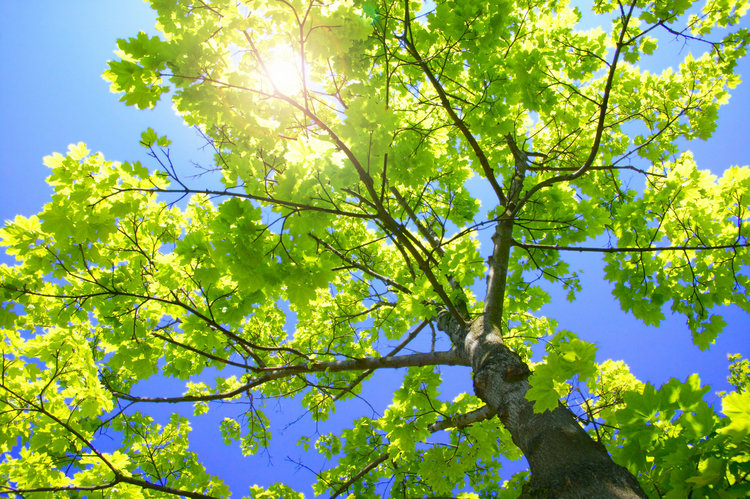
Originally posted at Mass Realty.
TELL US A LITTLE BIT ABOUT YOUR COMPANY AND ITS FOUNDATION.
Lyndon Tree Care has been operating in the Valley since 2010; we serve residents and towns along the I-91 corridor from Greenfield to South Hadley. Our ISA Certified Arborists specialize in the care of trees, from diagnosis to treatment and long-term planning for the property. Our company services include tree planting, pruning and removal, stump grinding, cabling, spraying and feeding trees, and landscaping.
HOW DO COMMON PRACTICES SUCH AS TRIMMING OR PRUNING HELP KEEP TREES HEALTHY?
Removing deadwood is very important for safety and health, as it gives the tree the opportunity to more quickly close over its wound. You also don’t want to leave anything that’s going to rot back into the branch or trunk. Trees should also be thinned out about every two to three years, so when storms come the tree is less likely to sustain heavy damage. Lastly, removing sucker growth allows the tree to avoid investing energy into branches it doesn’t need, so the earlier those are pruned away, the better.
WHAT ARE SOME IMPORTANT MAINTENANCE PRACTICES THAT ENHANCE THE APPEARANCE OF TREES?
Thinning out branches and “cleaning,” or removing deadwood, gives trees a more defined structure. When you prune, you’re basically telling the tree what to do, i.e., where to grow. That’s why we prune: We have to train each branch to set the boundaries for future growth. Mulch rings are another great investment in tree health and aesthetics, because not only do they help keep in moisture and provide a temperature buffer, they help keep out mowers and weed-whackers that damage the roots and trunk.
WHAT ARE SOME COMMON REASONS FOR TREE REMOVAL?
There are many times quality maintenance can save trees on your property. Other times, they simply have to come down. Removals can be due to a compromised root system; extensive rot or disease; or growing too close to the property’s structures or features, such your pool or home. Clients with wooded lots may also opt to strategically remove a few trees to get more light into the landscape and promote other sun-loving plants.
WHAT ARE SOME SIGNS A TREE IS DYING?
Often the evidence can be seen from the top down; for example, die-back from the top of the canopy or significant leaf drop are signs of decline. If the tree has significant rot, or is cracked, the tree is not structurally sound and should come down even if other parts look very healthy. Fungus or insect damage is very common, signs of which could be mushrooms growing out from the trunk or underneath the tree (indicating decay in the root system). Early leaf drop before fall, or yellow or brown discoloration can also be signs of insect damage or nutrient deficiencies.
HOW CAN TREES BE PROTECTED FROM HARMFUL DISEASES?
Thinning trees out is helpful to get optimal sunlight and wind through, since diseases establish themselves in trees that stay wet longer after it rains. In addition, our company does sprays and injections of fungicides and insecticides to combat specific threats. A few examples common to this area are needle cast, which is a fungus found on spruces, and hemlock woolly adelgid, an insect that kills hemlocks. If you don’t catch these in time, or if neighboring trees are infected, it’s often more cost effective to just remove the tree. Just as with people, preventative treatment is the most effective.
